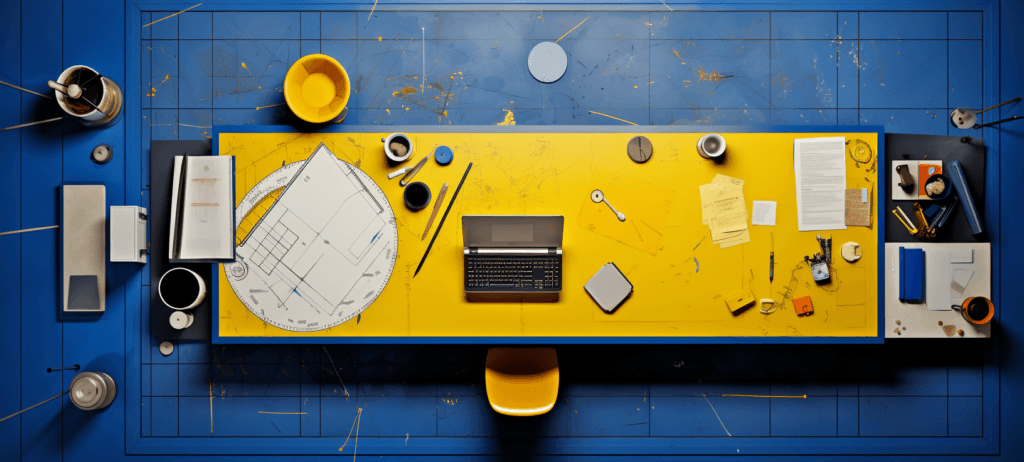Essential Elements of Responsive Web Design for Mobile Users
Essential Elements of Responsive Web Design for Mobile Users
Blog Article
Exactly How to Accomplish a Well Balanced and Visual Web Design That Satisfies the Diverse Requirements of Customers and Services Alike
Accomplishing a balanced and visual web design that properly satisfies the different requirements of customers and organizations requires a nuanced understanding of both design principles and customer actions. The difficulty lies in making certain that these aspects work together cohesively while resolving the unique demands of diverse user teams.
Comprehending User Needs
As web style significantly comes to be an important element of user experience, comprehending customer needs arises as a fundamental action in developing reliable electronic atmospheres. web design. A comprehensive grasp of customer requirements is important for creating websites that not just draw in visitors but likewise involve and preserve them. This understanding can be accomplished via numerous techniques, including user research, surveys, and functionality screening, which give understandings into user preferences, actions, and pain factors

Furthermore, recognizing user needs includes responsiveness and accessibility, ensuring that all customers, despite tool or capability, can browse the site flawlessly. By embedding user-centric principles right into the layout procedure, internet designers can create well balanced environments that fulfill the diverse needs of both customers and services. Inevitably, prioritizing individual understanding brings about extra purposeful interactions and boosted overall satisfaction with the electronic experience.
Concepts of Aesthetic Design
A user-centered approach normally leads to the factor to consider of visual design concepts, which play a pivotal function in shaping the overall individual experience. web design. Effective visual design balances elements such as shade, typography, imagery, and design to develop an aesthetically attractive interface that resonates with individuals
Color concept is fundamental, as it evokes feelings and influences perception; hence, a thoughtful color palette can boost brand identification while making sure readability. Typography, on the various other hand, adds to the layout's quality and power structure, leading users with the material perfectly. Selecting typefaces that align with the brand name's individuality fosters acknowledgment and interaction.
Images is one more essential component, providing context and visual passion. High-quality images must matter and support the general story while preventing clutter.
Furthermore, the layout must guarantee a sensible circulation of info. Utilizing concepts such as placement, closeness, and whitespace boosts organization and assists in navigating.
Incorporating these visual design concepts not just draws in customers yet additionally fosters depend on and integrity, eventually causing a more satisfying interaction. By integrating aesthetic elements, designers can produce an engaging and memorable experience that satisfies the diverse needs of individuals and companies alike.
Importance of Functionality
Use stands as a cornerstone of effective internet design, straight affecting exactly how users interact with a website. When usability is Visit Website prioritized, it improves user fulfillment, resulting in increased involvement and greater conversion prices.
Furthermore, a concentrate on functionality promotes depend on and reliability. Sites that are intuitive and very easy to browse are regarded as professional and reliable, encouraging users to return. Conversely, inadequate functionality can result in high bounce rates, as individuals rapidly abandon websites that frustrate them.
Additionally, functionality is essential for meeting varied user needs. Inevitably, by prioritizing use, web developers create an even more interesting, trustworthy, and reliable online experience that benefits both users and companies alike.
Accessibility Criteria in Design
Including ease of access standards in website design is essential for developing an navigate to this website inclusive on-line setting. These standards, largely detailed by the Internet Material Ease Of Access Guidelines (WCAG), make certain that all users, consisting of those with specials needs, can successfully communicate with electronic web content. By adhering to these guidelines, designers can enhance functionality throughout different systems and tools.
Trick facets of accessibility include supplying alternate message for photos, ensuring adequate shade comparison, and utilizing clear and consistent navigating. In addition, executing keyboard navigability enables individuals that can not utilize a mouse to gain access to all performances. It is also crucial to think about making use of display readers, which need well-structured HTML to convey information precisely.
Moreover, sticking to access standards not just advantages individuals with impairments yet additionally enhances the total customer experience. Eventually, integrating access into internet style is an essential action towards accomplishing a balanced and visual digital visibility that serves the requirements of all users.
Balancing Visuals and Capability
While striking an unified equilibrium between visuals and functionality is important in internet from this source layout, achieving this stability often poses a difficulty for designers. A visually attractive internet site can mesmerize customers, drawing them into the material; nonetheless, if it does not have performance, the user experience can promptly deteriorate. Alternatively, highly useful sites might focus on use yet risk appearing uninviting or boring.

Moreover, interactive aspects ought to enhance the overall style, supplying interesting experiences without frustrating users. Elements like switches and types need to be clearly visible and very easy to interact with, enhancing capability.
Eventually, successful website design manufactures visuals and functionality, producing an interesting setting that fulfills the diverse demands of users and organizations alike (web design). By meticulously taking into consideration just how each design choice impacts both visual appeals and functionality, developers can craft web sites that reverberate with customers while satisfying their intended goals
Conclusion
By recognizing individual demands and adhering to visual layout principles, designers can develop aesthetically appealing interfaces that retain performance. The emphasis on usability and adherence to availability requirements makes sure that diverse customer groups can communicate perfectly with electronic systems.
Report this page